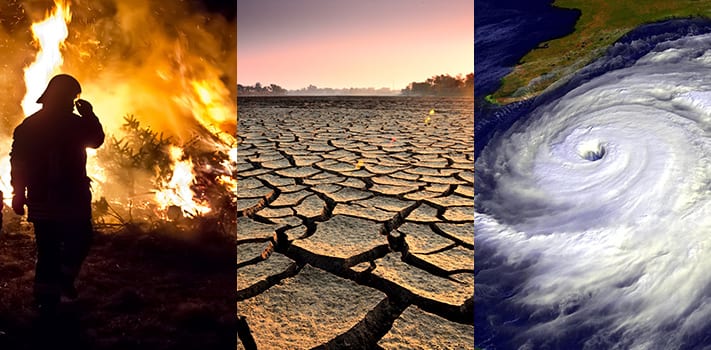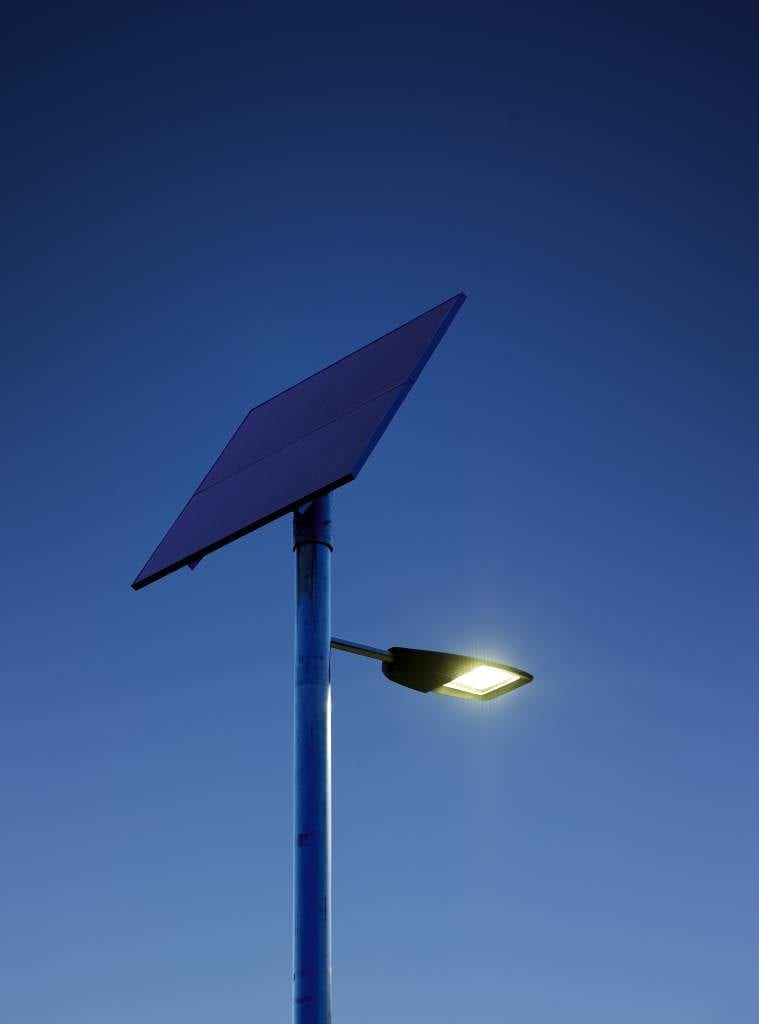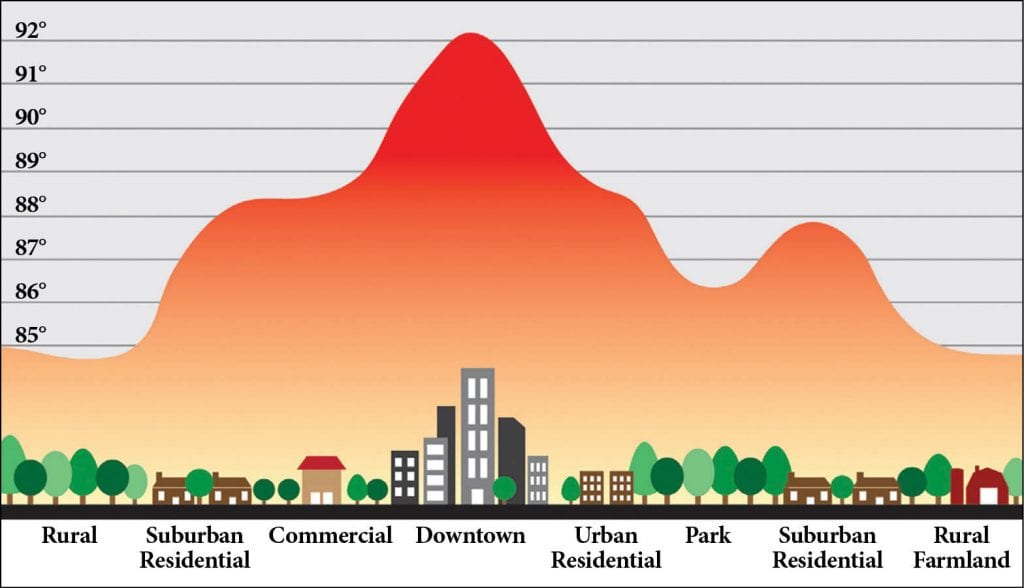Response to Part III.4&7 of “Climate Change and Cities”
I have experienced “urban heat islands” for a long, long time since I was born in Shenzhen, a big city in southern China. If you drive from the city to suburbs in summer, the difference in temperature and moisture is evident. The more developed an area is, the more heat that area is enduring. The heat island effect Yet it is not merely the consequence of global warming, but in turn worsens the situation because more heat means stronger air conditioning and more energy. This is like a vicious circle that never ends.
Now climate change is severely impacting us because of the indispensable relationship between energy sources. New energy forms, including hydroelectric power, wind power, solar power, etc., are taking a higher position at the Earth’s energy supply chain. There are many examples showing how a single climate change could change the entire energy supply chain. Places with drought face pressure of high utility bills. Places suffered from hurricane and storm will have insufficient sun exposure, which means less solar energy generated.
Policies are mainly aim at forecasting, planning, and governing climate, as well as reducing energy system’s loss to climate change. However, not much policies focus on adaptation measures, which I think is much more important, because we can’t always prevent something from happening. If it happens, we only have to face it and solve it.
The article mentioned about reducing overall energy usage all over the city, promoting more sustainable lighting system. They can also design a set of cooling system that shares the same job with air conditioning system while saving a large amount of electricity.


